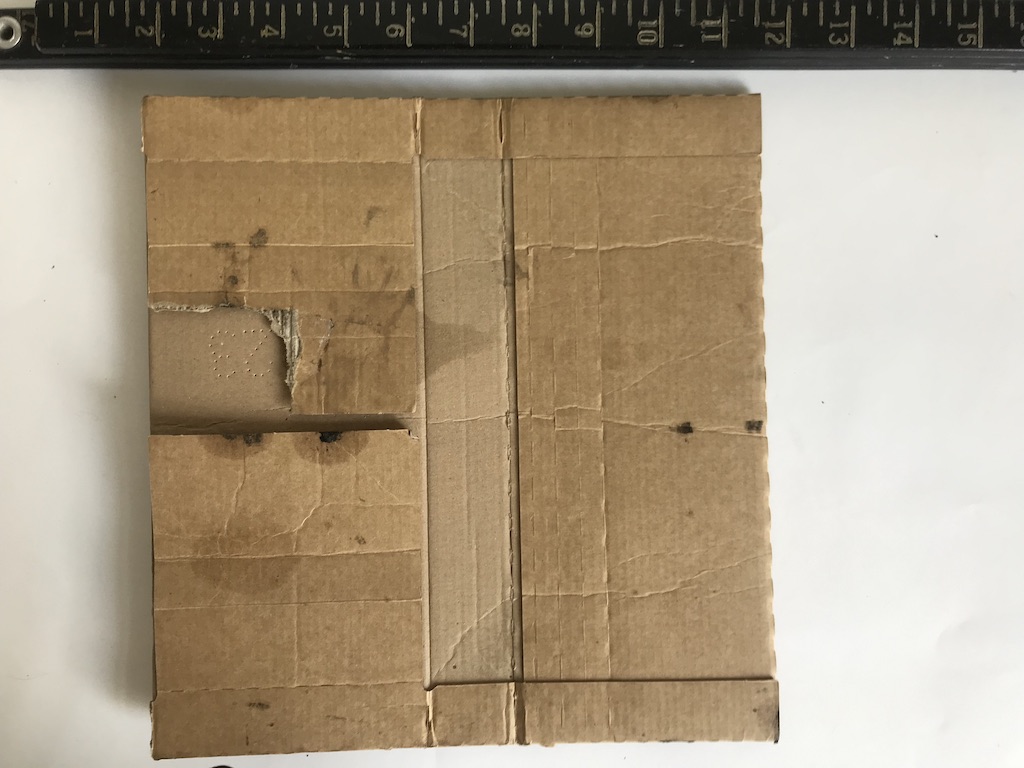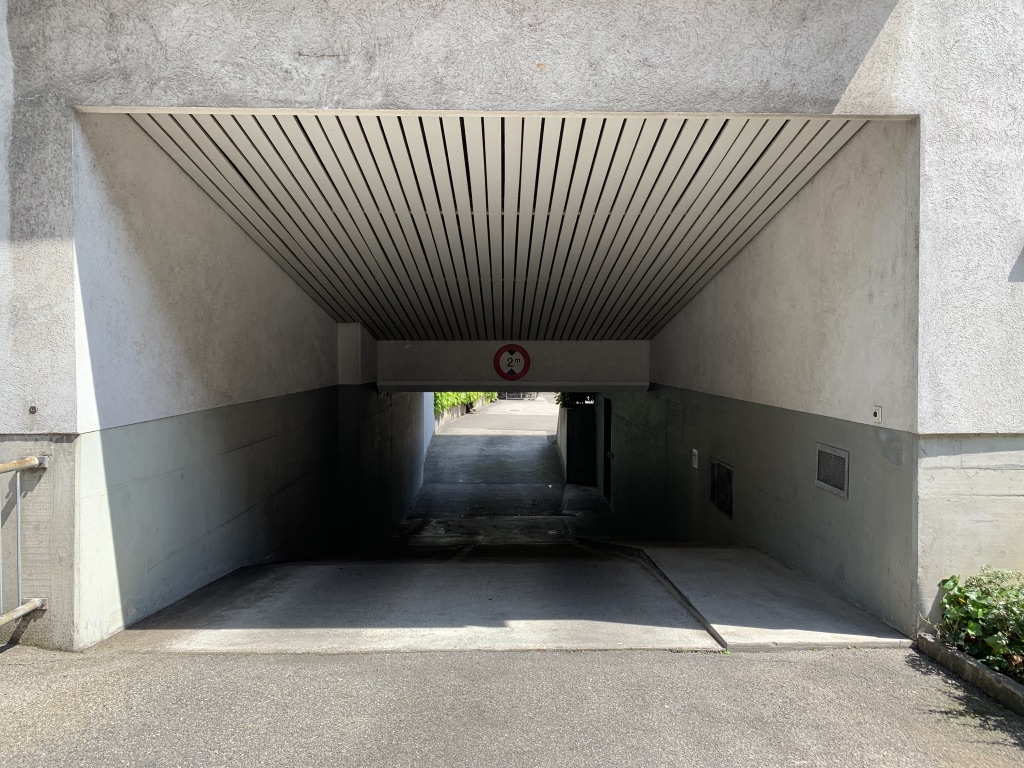Walking as a research method
“Walking conditioned sight, and
sight conditioned walking,
till it seemed only the feet could see.”1
– Robert Smithson
till it seemed only the feet could see.”1
– Robert Smithson


It began with a tram ride and then a walk. I had the map printed out, and I was ready to explore. Descending from the tram, I walked in a somewhat focused manner along the first street in my research area. I began to notice details, shifting light and shadows, I drew images, recorded narratives, I disregarded the map, I wandered. I was aware that my experience was a unique moment in time and space. It was only later when I was back in the studio and thinking about how the physicality of walking had been integral to my experience of the urban space that I began to appreciate that this instinctual method of research, physically moving through the space, had revealed a way forward for me.
We are enveloped in urban space and we move through it with our entire body creating ever-changing visual narratives as we move, if we allow ourselves to observe, then we begin to notice things. Ian Sinclair described the experience of walking as a method of exploration in this way: “Walking is the best way to explore and exploit the city; the changes, shifts, breaks in the cloud helmet, movement of light on water. Drifting purposefully is the recommended mode, tramping asphalted earth in alert reverie, allowing the fiction of an underlying pattern to reveal itself. To the no-bullshit materialist this sounds suspiciously like fin-de-siècle decadence, a poetic of entropy – but the born-again flâneur is a stubborn creature, less interested in texture and fabric, eavesdropping on philosophical conversation pieces, than in noticing everything.”2
What had always been my instinctual and preferred method of understanding my space and place in the world was revealing itself as a long-established way of discovering, uncovering and even changing our environment that was shared with other artists, poets and philosophers. Walking as a method of practice-led research became the base of my initial explorations of the urban space. As I began to dig deeper into the experiences of these fellow urban walkers it was a revelation to hear, in the words of others, my voice: “The street I believed was capable of causing surprising turning-points in my life, the street, with its restlessness and its glances, was my true element: there, as in no other place, I received the winds of eventuality.”3
This page gives more information on the parameters for the research walks:
A series of walks I took around Klybeck
And here you can explore each individual walk:
︎25.03 ︎31.03 ︎07.04 ︎18.04 ︎07.05 ︎14.05 ︎23.05 ︎16.06
[You can learn more about walking as a creative method in the Other Stuff section].
[1] (Careri, 2017) p.220 Here quoting the American artist, Robert Smithson, a member of the Land Art movement. [2] (Coverley, 2018) p.156 Attributed to Ian Sinclair, Lights Out for the Territory, London, Granta 1997 p.4 [3] (Careri, 2017) p.73 Careri here references André Breton from his pivotal book of essays, Le Pas Perfuse, N.R.F., Paris, 1924 and its English translation: Lost steps, MIT Press, Cambridge MA 1998